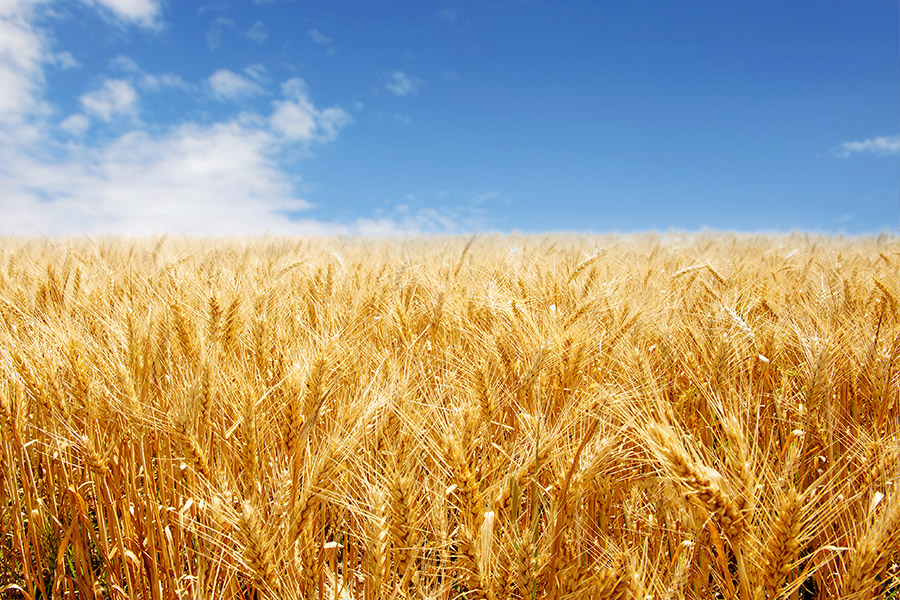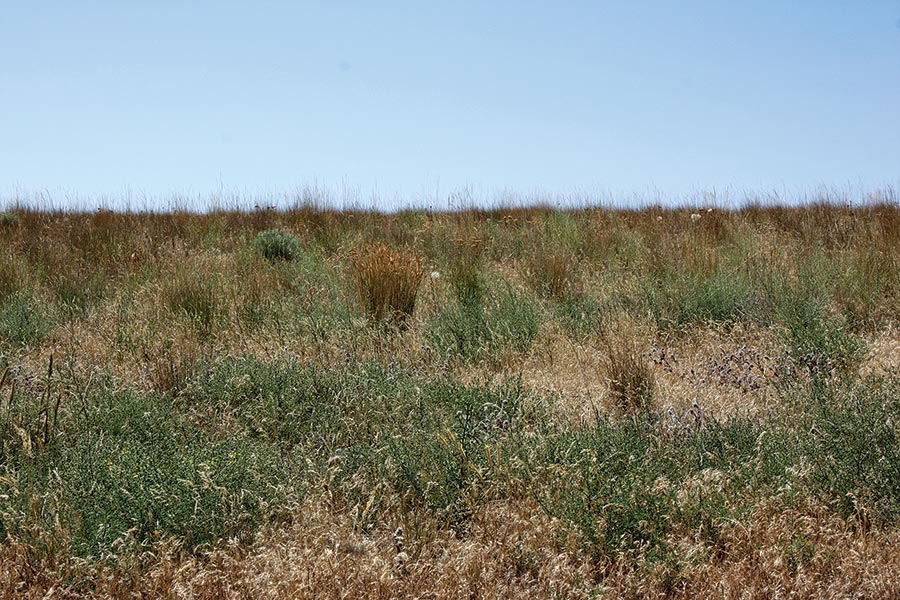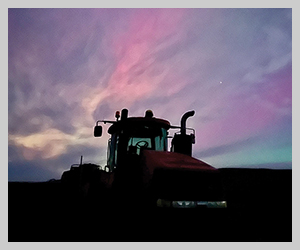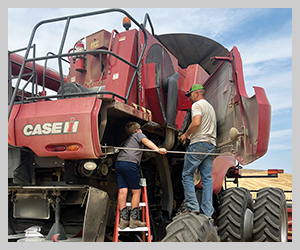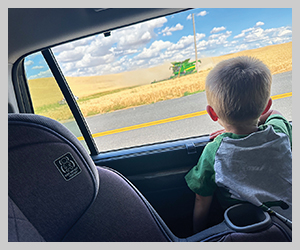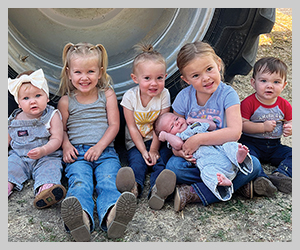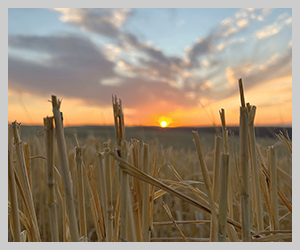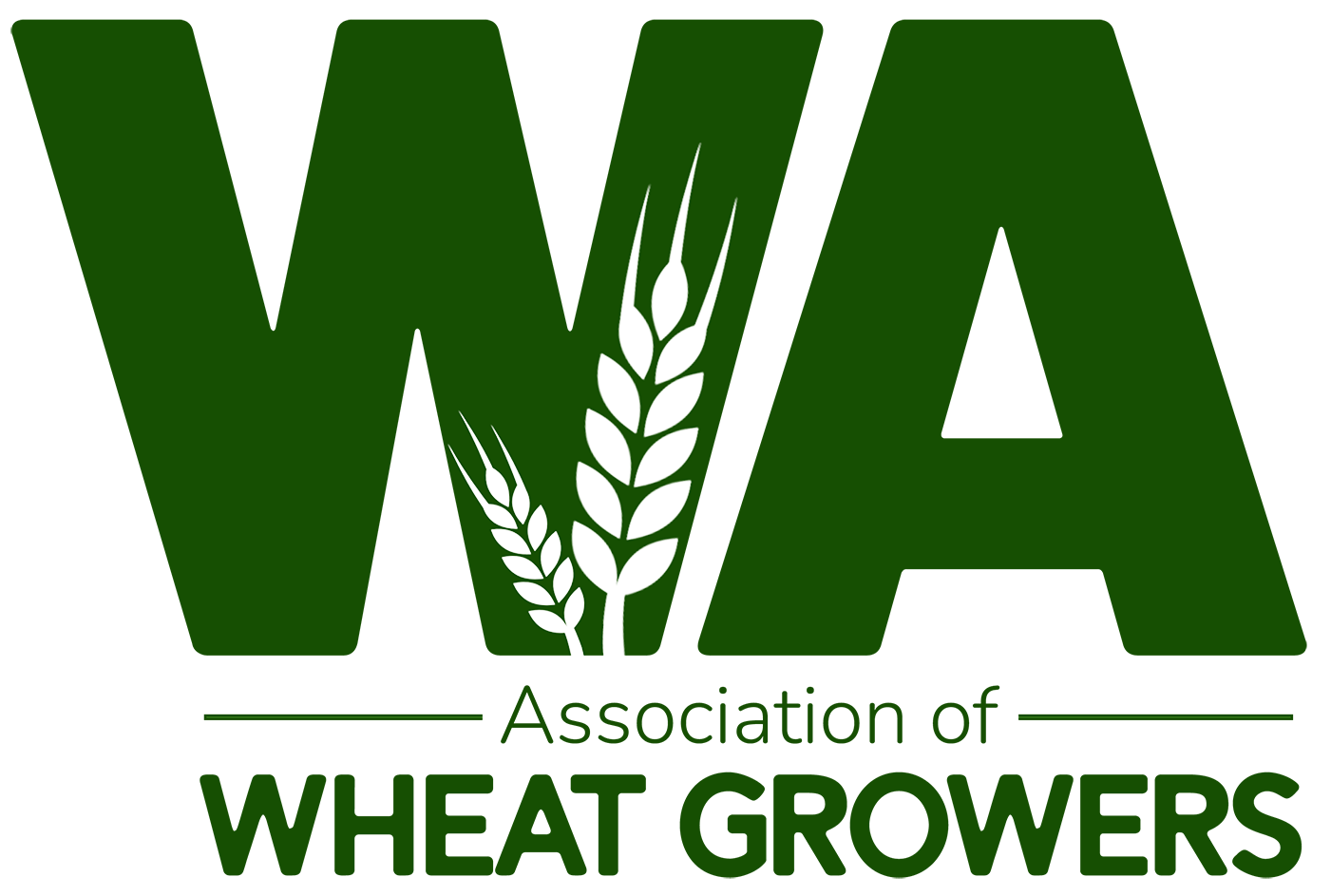Conservation
A 5-STAR rating
The Washington State Department of Agriculture wants to help farmers evaluate their conservation efforts and provide access to resources and technical implementation assistance through a free, voluntary, web-based program, Saving Tomorrow’s Agriculture Resources (STAR). In the online STAR tool — startool.ag — growers answer simple, production-specific questions about their rotations,…
NRCS staff working to put farmers first
Winter and early spring grower meetings have provided a great opportunity for me to continue to meet growers, have conversations about programs, and visit fields to see practices that they’ve implemented. I’ve been pleased with the number of growers that have reached out to me with questions and feedback on…
CRP seeding window narrows
Planting a successful Conservation Reserve Program (CRP) stand depends heavily on adequately preparing the ground, but some growers in the driest parts of Eastern Washington are concerned their preparation window is being closed too early. According to the Farm Service Agency’s (FSA) policy, conservation plans must be seeded within 12…
Bringing conservation to Washington ag, livestock, forestry industries
Not many people are fortunate enough to have their career employment place them in locations where they can indulge their favorite hobbies to the extreme. Keith Griswold would qualify as one of those few. His conservation career has included stops in Oregon, Idaho, Alaska, and Washington state. An avid hunter…
‘Act Now’ to get assistance quickly
On Nov. 7, the Natural Resources Conservation Services in Washington (NRCS-WA) implemented the Act Now policy. Through this program, NRCS-WA can quickly approve and obligate a ranked application in a designated ranking pool when an eligible application meets or exceeds a state-determined, minimum threshold ranking score. Applications are ranked according…
Making introductions
As a Whitman County native, I grew up spending countless hours helping around our family’s dryland wheat operation. From driving harvest truck, picking rye and rocks out of the field with my brother, and helping flag machinery when we moved from place to place, I was blessed to have had…
A conservation here to there
Benton County, where I farm, has changed dramatically in the past few decades, with no-till and minimal-till farming techniques replacing conventional tillage on many dryland wheat farms. The days of big dust storms caused by soil blowing off fields, thankfully, are past. But how did we get here? It’s mostly…
Landowner considerations for CRP
This year marks the 39th year since the inception of the Conservation Reserve Program (CRP), a proactive program administered through the unique partnership of the U.S. Department of Agriculture (USDA), the Natural Resources Conservation Service (NRCS), and landowners across the country. Some may have initially thought CRP and similar land-based…
Family ‘frustrated’ with agency actions
Shelly Haas is one of the landowners signed up for the Hangman Creek Riparian Restoration and Conservation Program, but she and her husband, Jim, aren’t very happy about it. The program is funded by the Washington State Department of Ecology (Ecology) and managed by the Spokane Conservation District. The program…
Farmer has high hopes for buffer program
Cary Janson was one of the first farmers to sign up for the Hangman Creek Riparian Restoration and Conservation Program. The Janson farm runs between Latah and Tekoa, and quite a bit of their ground is along the creek. Janson said he didn’t have any reservations about giving up farming…



